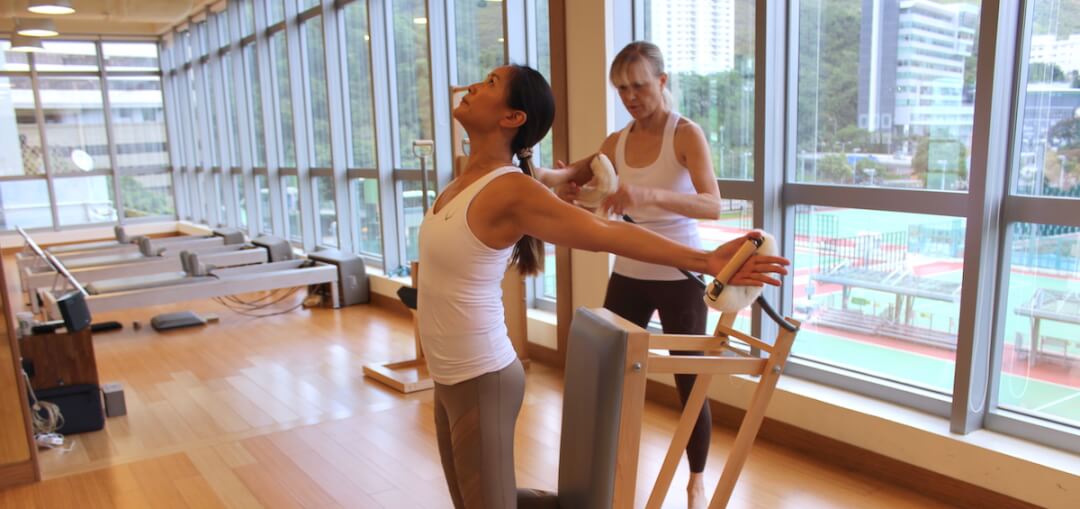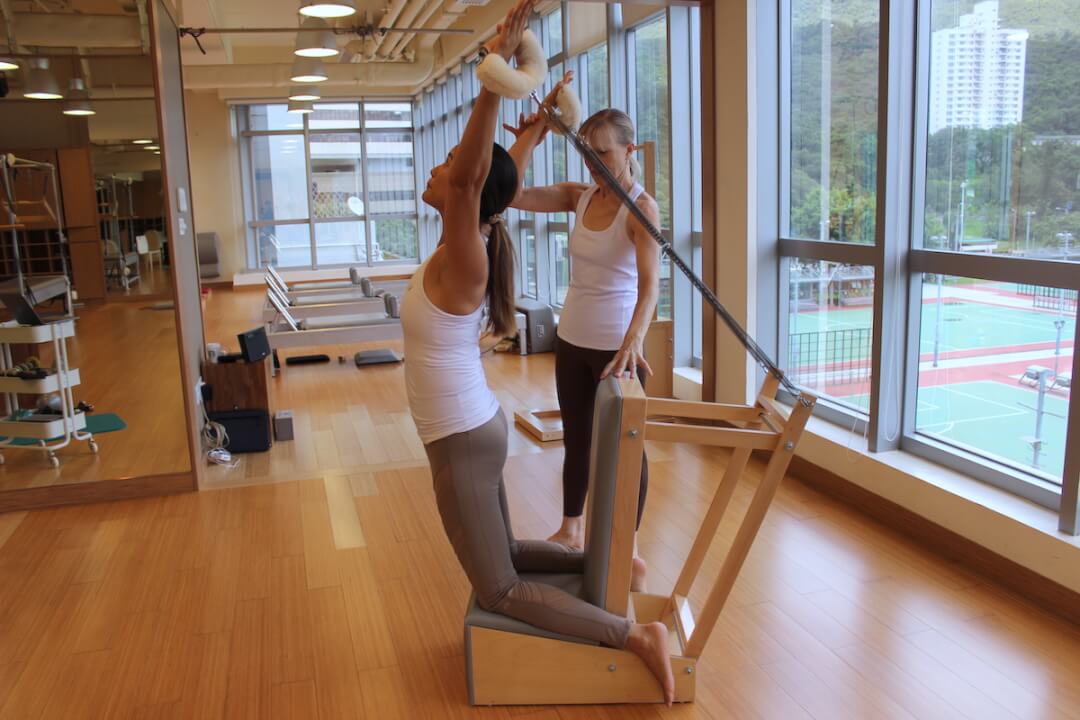
06 Nov 5 Questions to Ask Your Pilates Instructor
What should you ask your instructor to make the most of your time and Pilates practice?
We’ve already covered the Questions to Ask When Choosing A Pilates Studio – now what? You’ve come into the studio and met a few instructors in the group classes you’ve taken. Or you’re about to go into a private assessment. What should you ask your instructor to make the most of your time and Pilates practice?
The questions should of course be particular to where you are mentally and physically at the moment, and where you want to be. They can be more personal in nature as well, but we’re here to give you the basics to get you started on a productive consultation.
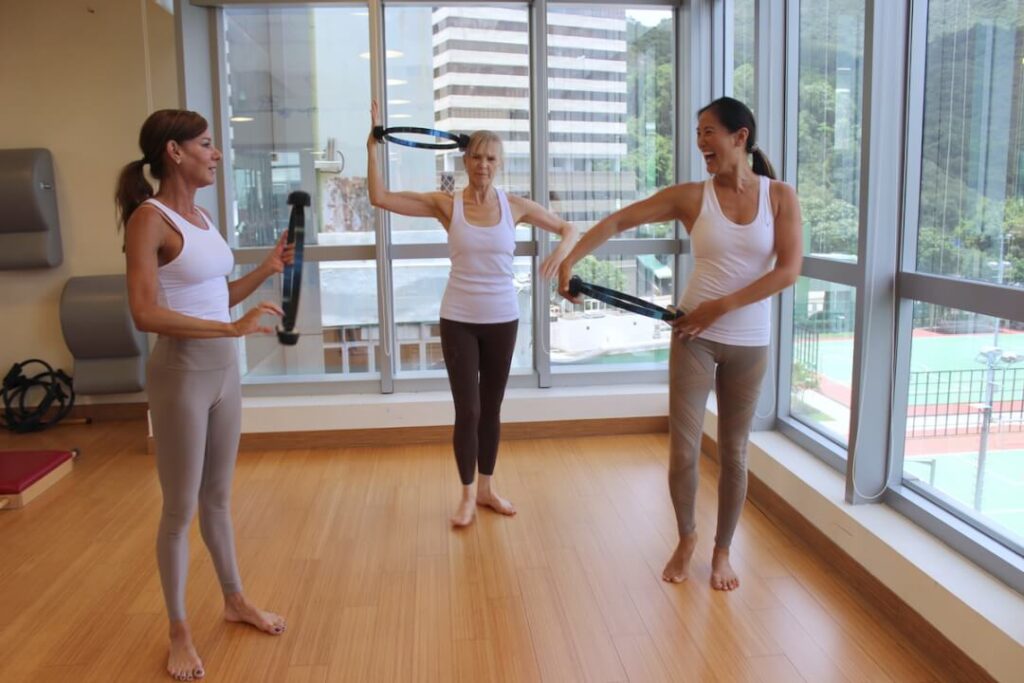
Why should I do Pilates? What are the benefits of Pilates?
While a Google search might tell you easily enough, you have to find out how Pilates can benefit you specifically. Whether you’re looking into Pilates to improve your athletic or sports performance or alleviate body pain, your instructor needs to know your motivations so that he or she can recommend a programme that will address your needs.
Here are some common benefits people have experienced through their Pilates practice:
- It’s re-shaped their bodies
- Improved sports performance
- Increased day-to-day strength.
- Cured lower back pain caused by muscle tightness
- Enhanced muscle toning and lengthening as well as body definition
- Injury healing and recovery
“The most important part for me is about the depth of knowledge and understanding I now have of my inner body,” says fitness enthusiast Seville Chow. “The greatest learning of all is to discover where my weaknesses lie, and to begin re-aligning and strengthening from the foundation.”
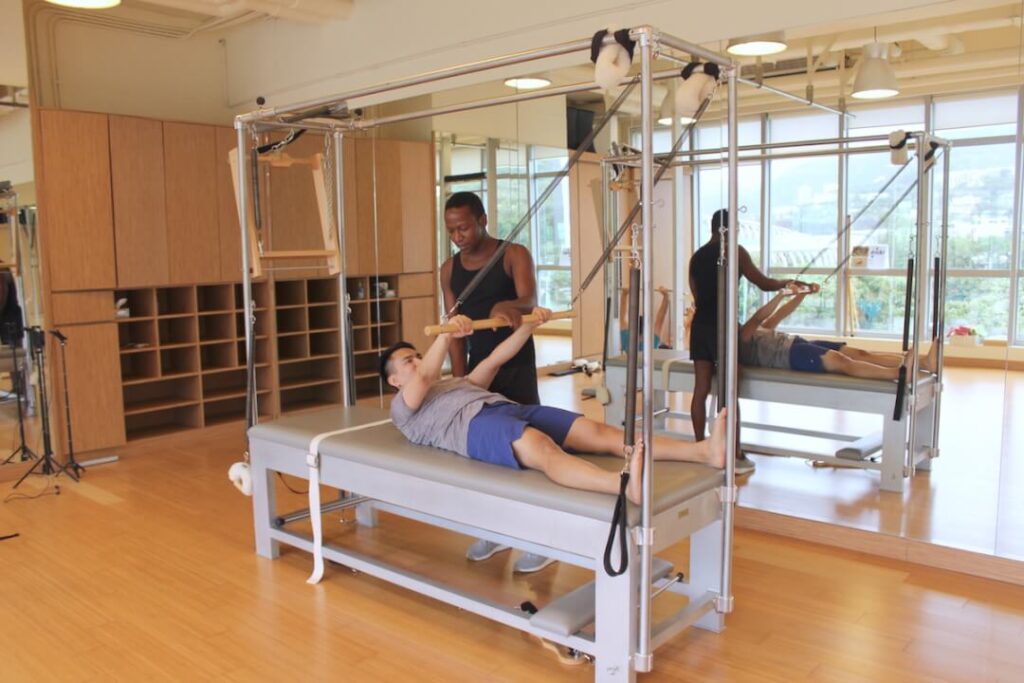
How can Pilates help my injury or body pain?
Several people discover and fall in love with Pilates after it helped them recover from an injury. The question may thus be obvious, but it’s not one to take for granted. Each body is unique and has its own way to recover from injuries, misalignments, or body pain.
For general answers to this question, we look to the 6 Guiding Principles of Pilates. In Pilates, controlled movements (Control) are utilised to “allow outer freedom without fear of injury.” Precision combats those bad exercise habits that contribute to injury or pain. “Pilates trainers are there to correct those mistakes like tightening your shoulders or over-arching your back.” They also teach us to Flow: If we can train ourselves to be more aware of our range of movement, chances of injury are greatly reduced.
I do yoga – do I need Pilates?
Yes! Traditionally, there are very few pull-focused postures in yoga asanas. There is the repetitive building of the shoulder’s push muscles in moves like the chaturanga dandasana, but it is done without building the complimentary pull muscles. Your instructor can explain how to use Pilates equipment with springs, straps, and the carriage to recruit muscles that you don’t get to employ in yoga.
In our blog 5 Major Differences Between Pilates and Yoga, we cover some Pilates apparatus not found in the yoga world – your instructor should be able to break it down and point you in the right direction of making such equipment best work for your needs.
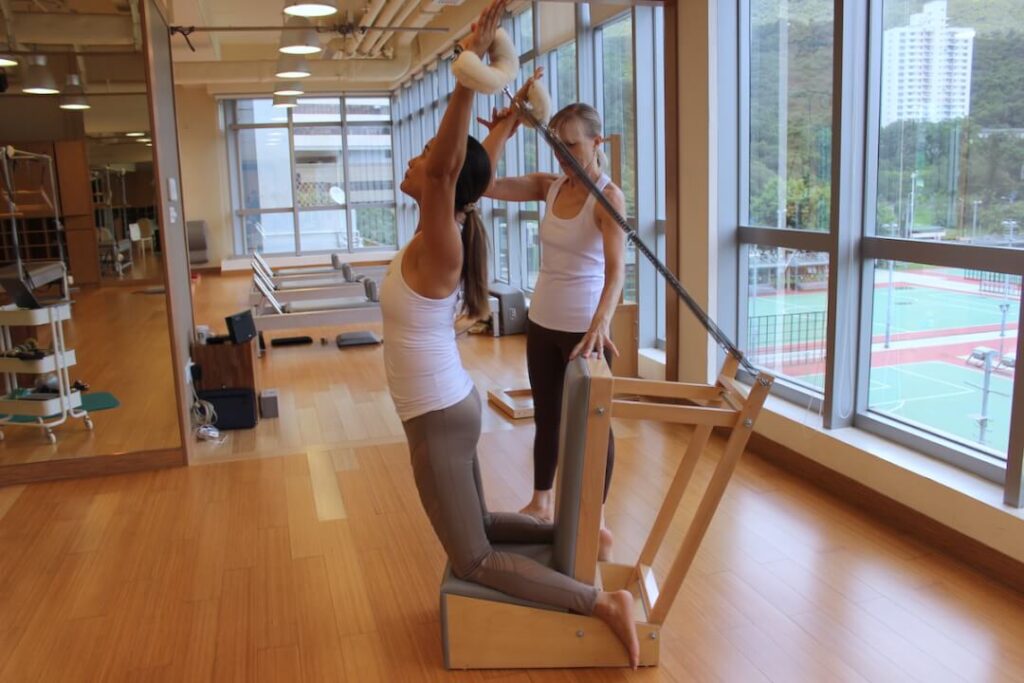
What can I expect to get out of regularly practicing Pilates?
When your instructor outlines your workout programme, he or she will take into account what you need to focus on and will be able to shed light on this question. Generally, Pilates will correct your posture, strengthen your core (or the powerhouse), develop your body uniformly, realign your spine and improve your mobility.
Chris Pennicott, Corporate Director – Operations for The Executive Centre, enrolled his team in a long-term Pilates programme and said he saw his staff “improve in strength, coordination and flexibility.”
How long will it take to see results?
“It’s up to you and your consistency. How hard do you want to work?” says Morgan Refakis, who has been teaching Pilates for over 10 years. “The more consistent your sessions are, the more you’re going to see results.” It also depends on your cross training and diet, of course.
However, it’s important to see Pilates not as a quick fix for anything whether it be a weight problem or body pain issue. Pilates is one of the only physical routines you can do everyday, and it’s meant to be a life-long practice with long-term effects. For specific issues or rehabilitation objectives, it’s best to get the answer straight from your instructor.
Are you new to Pilates? Flex Studio is Hong Kong’s only Classical Pilates studio with complementary programmes in contemporary or Allegro Pilates, yoga, Xtend Barre, fitness and more. You can find us at our locations in Central and One Island South. Check out our latest promotions here.

